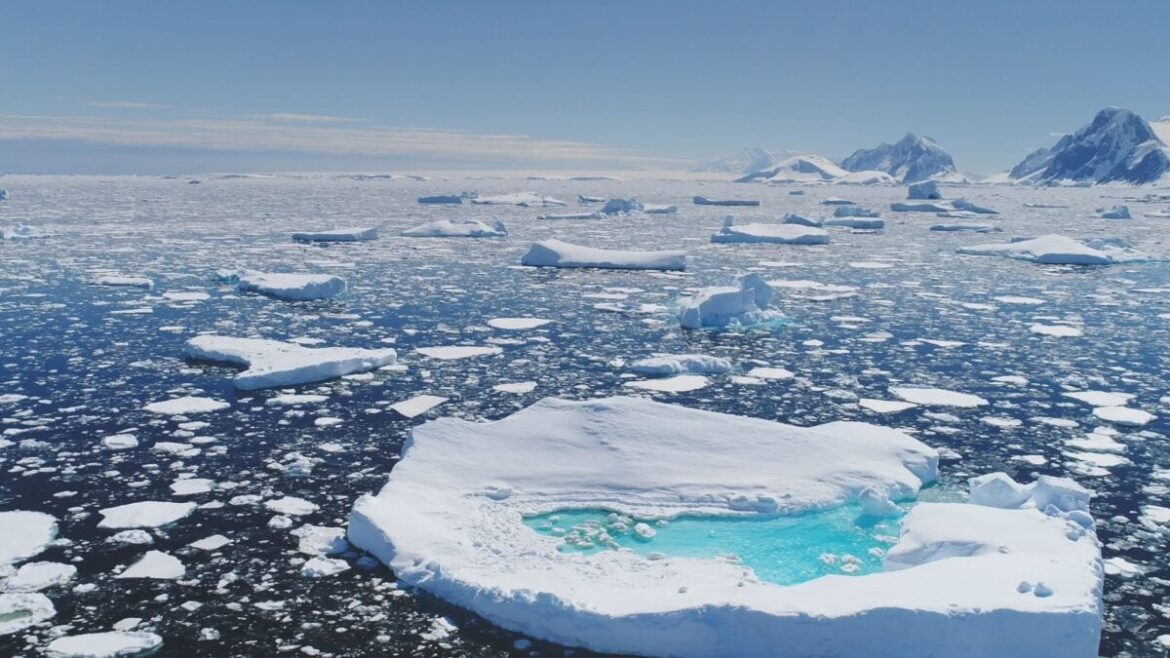Last year, the United Nations predicted that Earth’s average temperature could rise more than 5.4 degrees Fahrenheit (3 degrees Celsius) by 2100 if we don’t reduce global emissions. That level of warming would cause catastrophic, irreversible damage to ecosystems, underscoring the urgent need to slow the pace of climate change.
Still, the amount of greenhouse gases humans pump into the atmosphere continues to rise. Without sufficient progress on the emissions front, some scientists have suggested another route: artificially counteracting global warming through geoengineering. Many of these controversial solutions aim to mitigate climate breakdown in the polar regions, but a review published Tuesday in Frontiers in Science concludes that even the most widely recognized proposals are likely to cause more harm than good.
“I find that there’s been confusion between urgency and haste,” co-author Ben Orlove, a professor of international and public affairs at Columbia University, told Gizmodo. “Though we recognize the urgency of action, that should never serve as an excuse for incompletely reviewed proposals moving forward.”
Polar regions under pressure
Earth’s polar regions are warming faster than the average global temperature. Experts predict this will lead to severe and irreversible consequences both regionally and globally, such as local ecosystem collapse and sea level rise. Proponents of geoengineering often cite this as a driving force behind efforts to implement such strategies in the Arctic and Antarctic, but none of them are backed by robust, real-world testing at scale.
For this review, an international team of researchers evaluated five geoengineering concepts designed to slow the pace of ice melt in the polar regions. The ideas include spraying reflective particles into the atmosphere, using giant underwater curtains to shield ice shelves from warm water, artificially thickening or boosting the reflectivity of sea ice, pumping water out from underneath glaciers, and adding nutrients to polar oceans to stimulate blooms of carbon-sequestering phytoplankton.
More problems than solutions
The researchers evaluated each proposed solution’s scope of implementation, effectiveness, feasibility, negative consequences, cost, and governance with respect to their deployment at scale. According to their assessment, all five ideas would lead to environmental damages such as the disruption of habitats, migration routes, the ocean’s natural chemical cycle, global climate patterns, and more.
Additionally, the authors estimate that each proposal would cost at least $10 billion to implement and maintain. This is likely an underestimate, they say, pointing to hidden costs that would undoubtedly arise as environmental and logistical consequences come into play. What’s more, polar regions lack sufficient governance to regulate these projects, necessitating extensive political negotiation and new frameworks before large-scale deployment.
Even if these tactics offered some benefit, none could scale fast enough to meaningfully address the climate crisis within the limited time available to do so, the researchers concluded.
“It is clear to us that the assessed approaches are not feasible, and that further research into these techniques would not be an effective use of limited time and resources,” the authors write, emphasizing the importance of focusing on reducing greenhouse gas emissions and conducting fundamental research in the polar regions.
Not every fix is worth the risk
Orlove hopes these findings encourage the scientific community and decision-makers to exercise scrutiny before investing time and money in polar geoengineering projects. “One of the things that troubles me is the claim that climate change is so severe that we need to try all possible methods, and blocking any possible solution is an error,” he said.
“There is a long history in medical research of not undertaking certain experiments on living humans and not attempting extreme cures that just seem unethical,” Orlove said. “But when it comes to experimenting on the planet—and its immediate effect on people—that kind of awareness doesn’t come forward.”



